Technical SEO is one of the pillars of successful SEO that focuses on making sure your website technically runs well and follows search engine best practices.
It is based on the holistic process that involves checking if the search engines can crawl and index your website, understand the content, and finally show it to users.
But many sites focus on the “content is king” factor, while failing on the necessary technical elements.
So in this guide, we’ll see the importance of technical SEO? What are the technical SEO fundamentals? And what the future holds for this industry? Let’s understand everything in detail…
Why Technical SEO Is Important?
Technical SEO is important for websites in the same way that engine oil is important for cars.
It doesn’t matter if you have the world’s best content on a topic; if your website doesn’t function smoothly and let search engines read your content, the chances of your site getting any organic traffic is simply zero.
So many times, I have seen sites with well-researched content, relevant links, and overall high authority struggling in Google because they have poor navigation, slow performance, no internal links, and misconfigured robots.txt (among other problems).
This is why Technical SEO is important.
Technical SEO is what allows search engines like Google and Bing to crawl, understand, and present your website in front of users. The goal is to optimize the infrastructure of a website for maximum organic visibility.
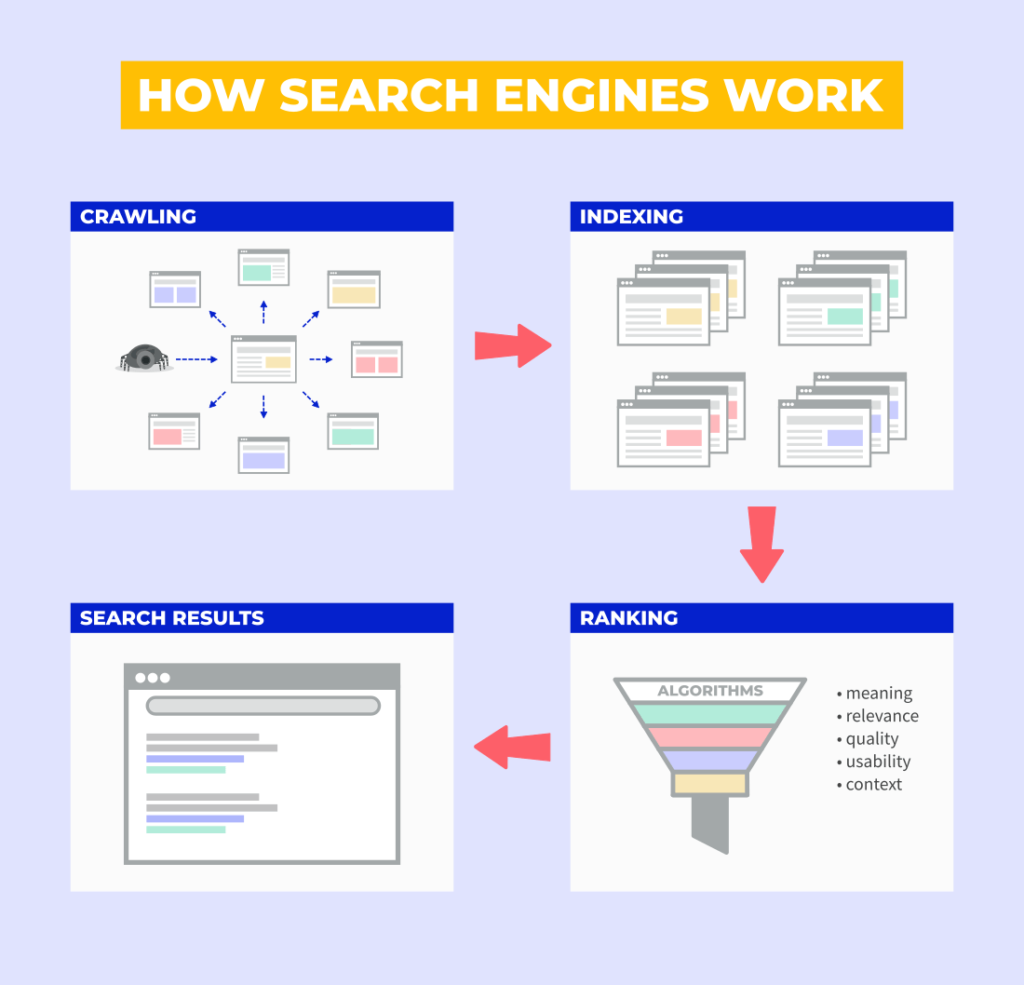
A website with broken links, too many redirects, poor navigation, etc., not only harms the user experience but also looks bad to search engines.
So with a solid technical foundation, your website can be rewarded with higher rankings and a better experience for your audience.
Technical SEO Fundamentals
These are the main aspects of technical SEO that you should focus on…
- Crawling
- Indexing
- Site Structure and Navigation
- Site Performance
- Structured Data
Crawling
Google uses crawlers (Googlebot) to find new or updated pages that exist on the web.
Once Google discovers a page URL, it visits (or crawls) the page to find out what’s on it. After crawling, the crawlable pages are passed to the indexer.
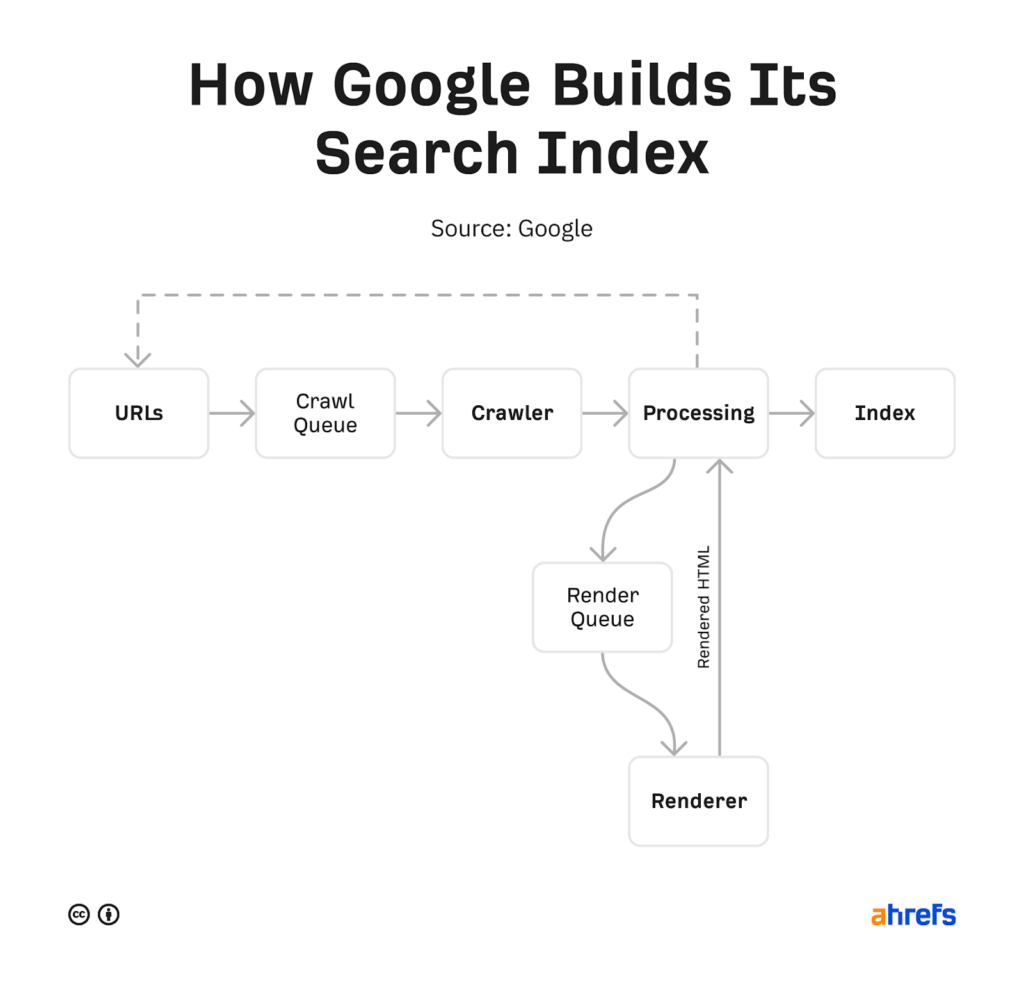
So the better Google can crawl and understand your pages, the higher the chances are of it showing to people looking for that content.
You can use a robots.txt file, XML sitemap, canonical tags, and robots directives to control how Google crawls all your content.
You can also check the crawl stats in search console settings to view the complete breakdown of how Google is crawling your website.
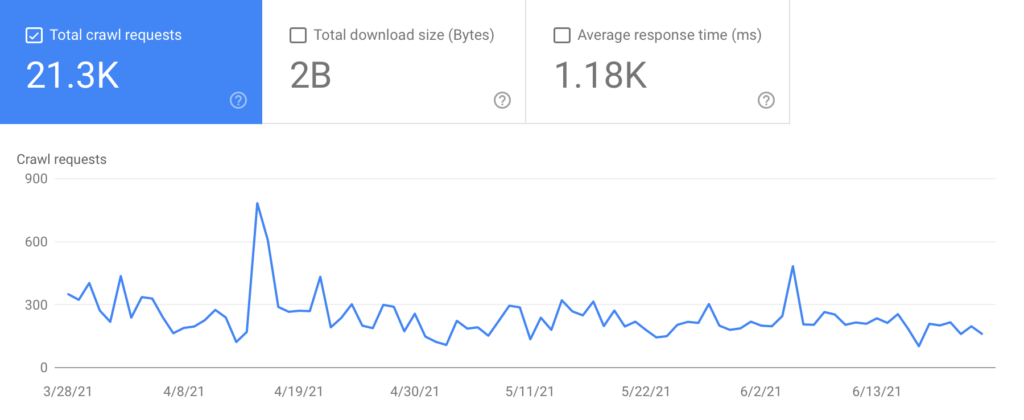
Indexing
Indexing is done when a page crawled by Google is analyzed for content and stored in the Google index (called Caffeine).
Indexed pages are shown in the Google search results pages (SERPs).
To check your indexed pages, search site:yourdomain.com in Google and look for the indexed page number. This isn’t 100% accurate, but it will give you an idea of how many pages of your site are indexed in Google.

If all of your site pages aren’t indexed, go to the Search Console Coverage report and look for valid URLs and errors. Google will tell you if there are any indexing errors with pages that you want to be indexed.
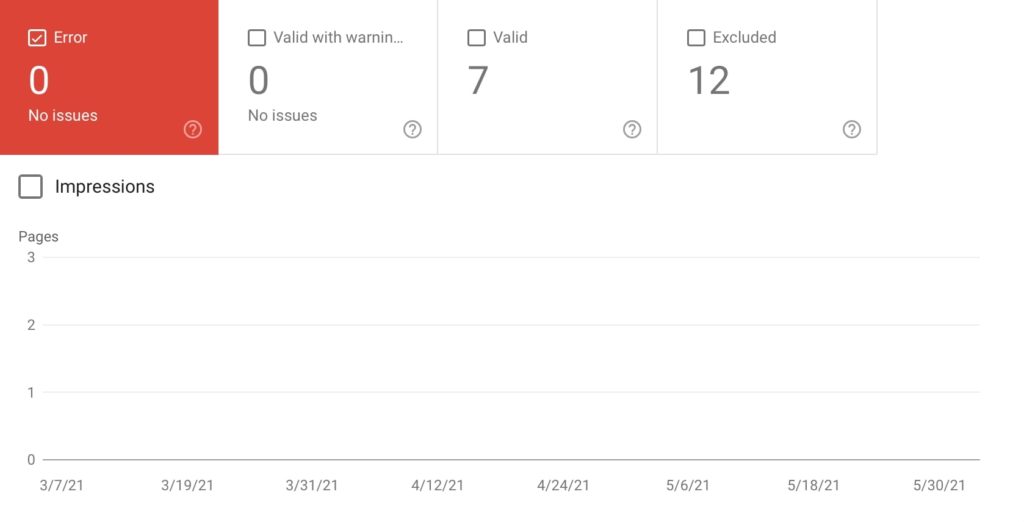
Site Structure & Navigation
Site structure is how a website content (posts and pages) is organized. This is important because the site structure dictates how a search engine and visitors will navigate the website.
To build a strong site structure, start with your homepage and plan out the categories, subcategories, and pages.
In most cases, a Flat site structure works well as search engines, and users can reach any page in 4 clicks or less, and it helps build closely related topic clusters.
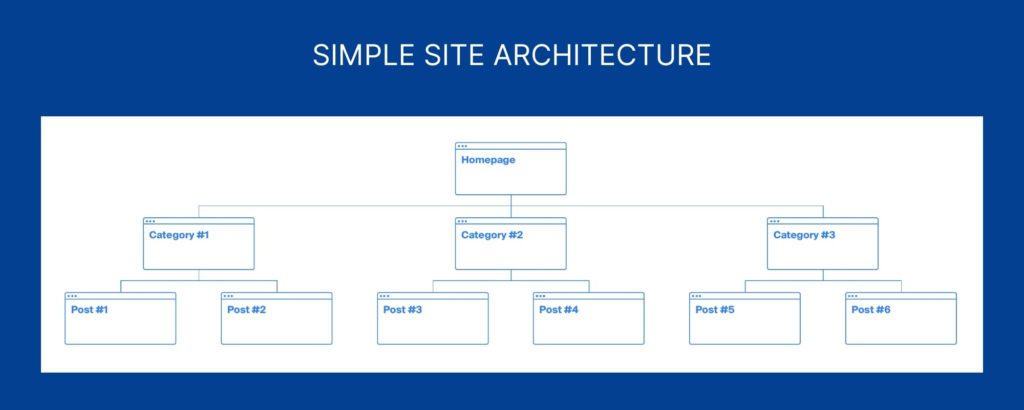
You can then link to your category pages from the site header navigation menu. And use internal links to connect all your categories and pages together.
Performance
Site performance is the latest addition to the Google algorithm, which rewards pages that loads fast.
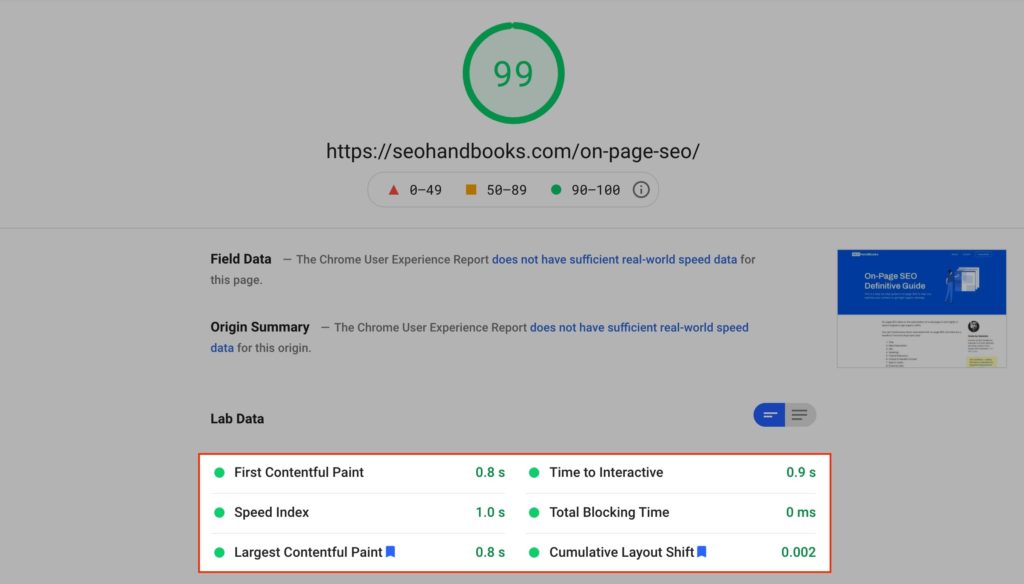
You can use Google’s PageSpeed Insights tool to measure your website loading speeds and if you have a lower score, then follow these tips…
- Use a cloud or dedicated hosting
- Compress images (and use JPG for non-transparent images)
- Compress and minify your website code (HTML, CSS, JavaScript, etc.)
- Setup server and browser caching
- Remove render-blocking JavaScript
- Use a CDN (if you have a global audience)
Finally, focus on the Mobile score in the PageSpeed Insights as Google now uses mobile-first indexing.
Structured Data
Schema or structured data helps search engine crawlers better understand your website contents.
It can also get your content in Google’s rich results (like featured snippets and local pack), which results in higher CTR (click-through rate) and an increase in organic traffic from SERPs.
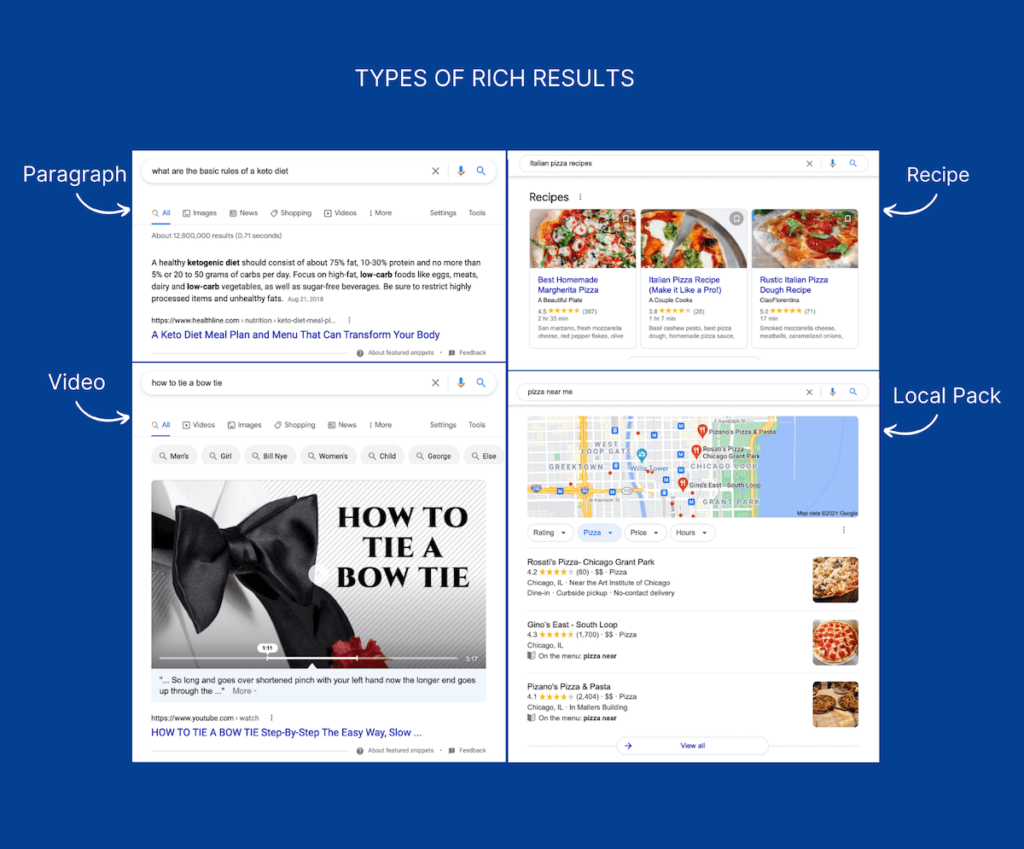
Some of the Schema types you can use are:
- Article / NewsArticle / BlogPosting
- Organization
- Person
- Podcast
- Job Posting
- Software App
- Recipe
- Review
- Video
- Local Business
Implementing structured data isn’t too complicated now either; if you’re on WordPress CMS, you can install plugins like Yoast or Rank Math and set up basic structured data.
You can also manually get Schema code from tools like Merkle and Schema Builder extension
The Future of Technical SEO
Google’s recent updates indicate that in the near future, SEO will be even more involved, more technical, and more focused on architecture from the site to the page level.
Overall signals like page experience metrics (Core Web Vitals), JavaScript rendering, structured data, and API based indexing are some of the factors that will most likely transform the technical SEO practices.
It’s important now to focus on all the SEO aspects, from technical SEO for the website foundation to on-page SEO for content optimization, and finally, off-page SEO for authority building.
You really need a combination of these main pillars of SEO to get the maximum results from the organic search.
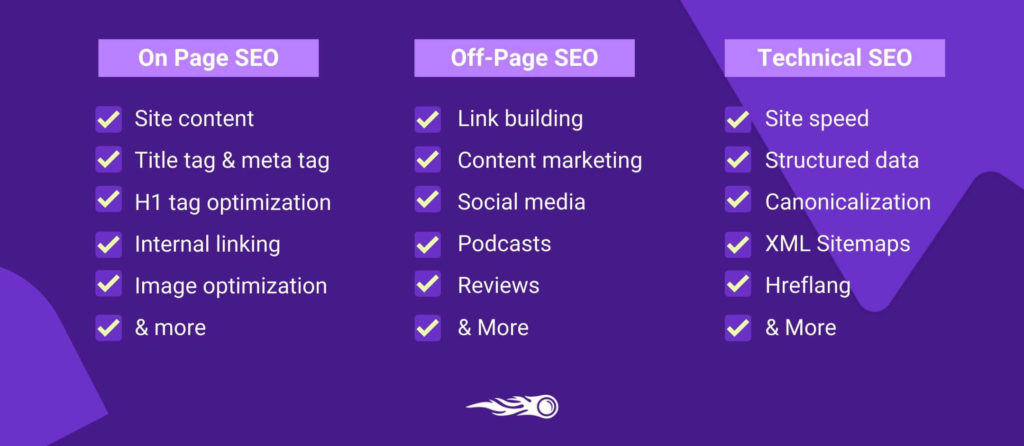
So start with a simple site audit (use a tool like Screaming Frog or Ahrefs) and make a few changes, then observe and make more changes accordingly.
In most cases, once you establish a solid SEO foundation, you won’t have to deal with it again, other than the periodic technical audits and maintenance.
Final Words…
While technical SEO is now more complex than ever, it also presents more opportunities for sites to build a solid foundation from the start.
So don’t let a technical problem like site speed or poor internal linking harm your rankings.
Remember that: in the end, technical SEO is about the ability of a website to perform well in search engines … so start from the basics and follow the technical guidelines to make sure search engines have no issues accessing your website content.
You can follow my handbook on Technical SEO to learn more on how you can properly optimize your website and have a better chance of ranking in Google.
———
Thanks for reading. I hope you find this useful.
If you liked this handbook and want to learn more on SEO-related topics, joining my newsletter is really appreciated, or share it with your friends on social media.


